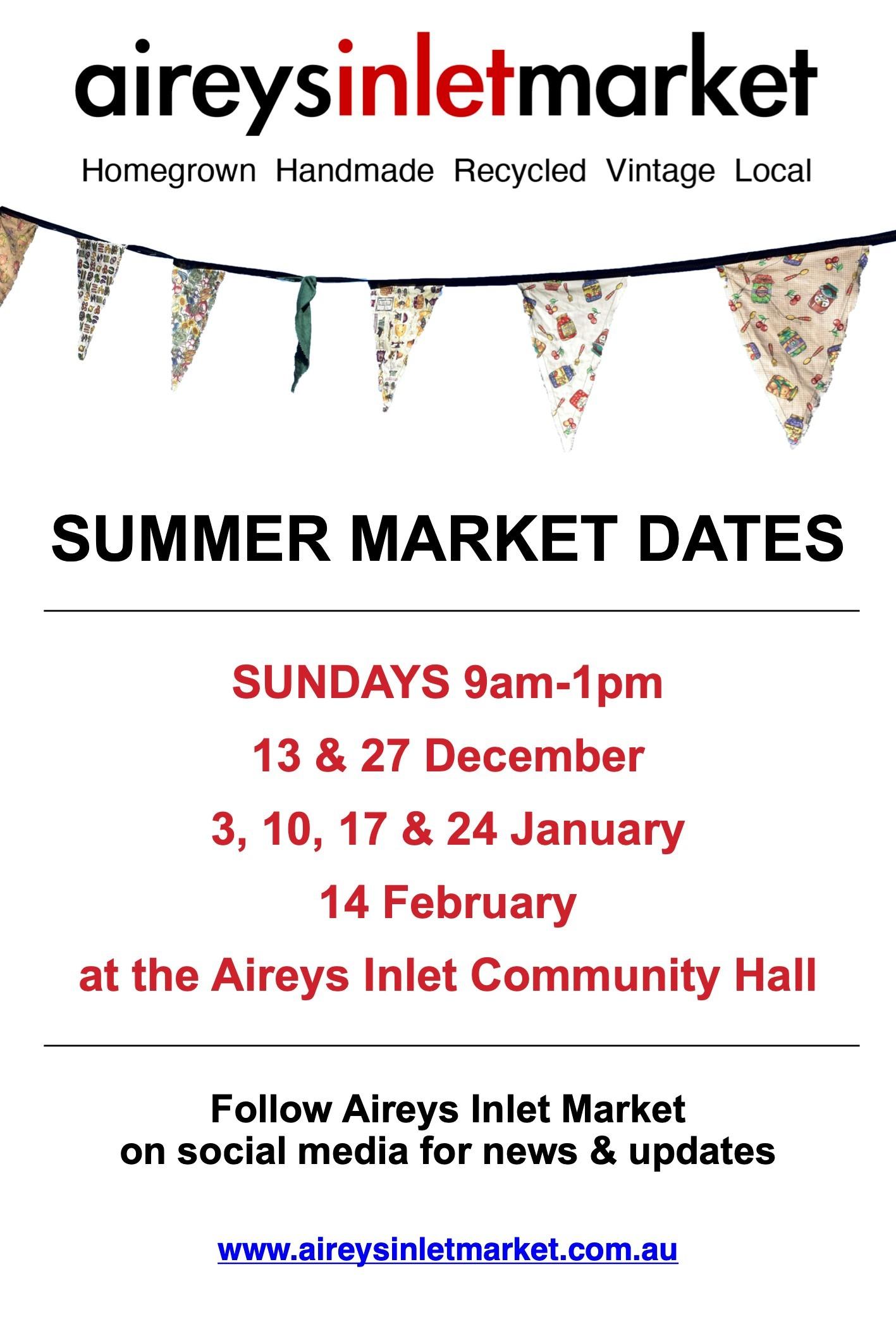
4 minute read
Fire Unplanned
Fire Webinar Series Provides Timely Insights
by Suzanne Cavanagh, Member of AIDA, Aireys Inlet & District Association “Fires are burning in Siberia.” This comment by Mary Lush from Friends of Lorne [FoL] ushered in the start of a recent webinar series by FoL and Aireys Inlet & District Association [AIDA], setting the scene for a powerful webinar on the increasing volatility of wildfire activity, framing the series with the question, What’s the future of living in
Advertisement
bushfire prone regions?
An eminent speaker line-up graphically sketched what is becoming increasingly a lived-experience for communities –changeable fires patterns, escalating threats, more hazardous and frequent fires, fire incidents in previously unimagined places – much of which is linked to climate change and human behaviour.
Too often fires are thought of as ‘freakevents’. There is a natural human tendency to view crises in this way, in an endeavour to return quickly to ‘lifeas-it-was’. The problem however, as amply being shown with COVID-19, is that these are not simply discrete events, but are interconnected events that to a large degree, are reflective of our increasingly volatile, uncertain and complex world. The big-picture message from this fire series was that ‘change’ is our new normal and that we will need to become more expert at proactively managing change, and that mitigation, often where most energy is placed, will not be sufficient to manage our future. Six speakers, six panelists, three online events and 1,095 registrations … such was the scope of the webinar series designed by Friends of Lorne. However, the exceptional nature of the series lay in the eminent expert speaker line-up, and their diverse professional backgrounds – yet their near-consensus views arrived at on key issues. David Lindenmayer [ANU] spoke of the long-term insights into the impacts of and responses to wildfire in Victoria. He highlighted the depressingly large losses in our biodiversity and provided transparency to our actions in how we are making our forests more fire-prone. He stressed the importance of growing and retaining older forest. Steven Farrell, founding partner of Spatial Vision, joined David in session one. He addressed climate, in particular the increasing temperatures and decreasing rainfall and explained what these changes may mean for unplanned fire. His simulation models sketched a fascinating scenario for Aireys Inlet. The second session took us on another part of the journey, an understanding of human contribution to fire occurrences, with Janet Stanley (University of

Melbourne). Janet shared the confronting statistic that 85 per cent of wildfires are ignited directly or indirectly by human activity, such as through the malicious lighting of a bushfire, or through accident or reckless behaviour.
Kevin Tolhurst (University of Melbourne) then brought us closer to home, sharing case studies from the Otway Ranges. His statistics on wildfire history were compelling in understanding the special nature of our region, with 1,131 unplanned fires in the Otway District since 1972, with a loss of 89,273ha burnt by unplanned fire. He provided a nuanced explanation of ‘Fire Energy’ – the sources of energy that are captured by a fire. Often public discussions centre on the ‘available fuel’, but he enumerated five key sources; available fuel, weather, terrain, environmental moisture and atmospheric mobility in determining fire energy, highlighting the trap of what are often single-issue discussions. Armed with this newly acquired knowledge (new at least for most of us), we were better placed to understand some of the practical issues and challenges around community resilience and planning for our future. Barbara Norman (University of Canberra) shared her learnings from studies that grapple with risk, governance and management. In talking about skills Barbara said, “There is a capacity gap both in the professions and in community groups around the knowledge and skills that we need ...”. She underlined the importance of tools such as ‘scenario planning’ with the community – a point well made for future planning locally. Justin Leonard (CSIRO), finished the program by talking about what it’s like on the ground. He spoke of the urban interface context – the hazard itself, the design of the urban landscape and also the weather – before, during and after the event. Justin bravely tackled the subject of trees and their role in the bush, a subject that can be quite an emotive local issue! He sketched out the arguments for them and against them … and we learnt that there’s more to that subject than you would think! Unplanned fire is a critical issue for our community, and the community proved highly engaged, fielding an enormous number of questions to not only the speakers, but to our local fire managers and practitioners who were invited as panelists for the sessions. Unplanned fire is also a complex subject. It can become a highly emotive subject, with siloed and reductionist thinking and occasionally even … little thinking! This series provided our community with greater strategic insight into fire planning and practice and a better understanding of some of the interconnecting elements. Charlotte Allen, President of AIDA said, “The FIRE. UNPLANNED. webinar series was an exceptional example of ‘community collaboration in action. Thank you all”. The video recordings of the webinars are available on YouTube via the AIDA website: www.aireys-inlet.org/fireunplanned-webinar











